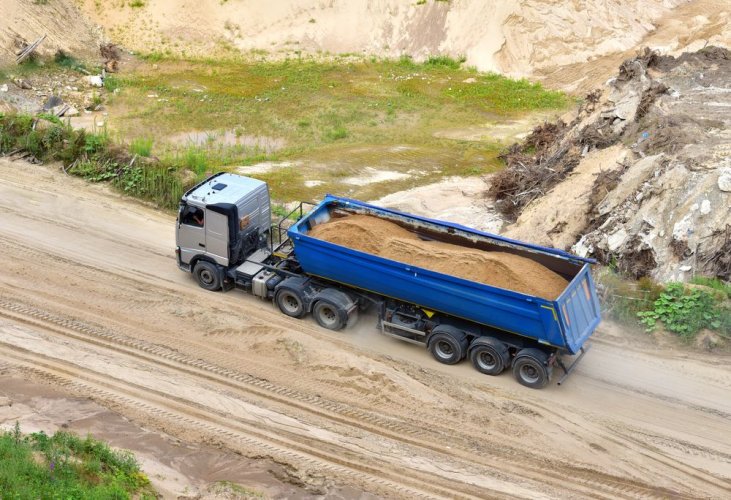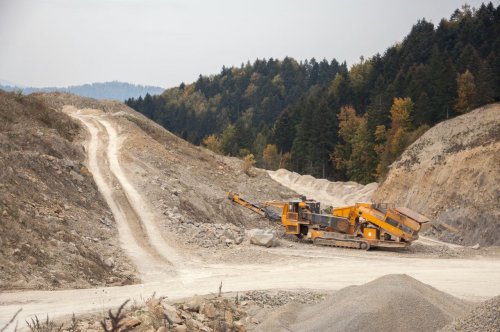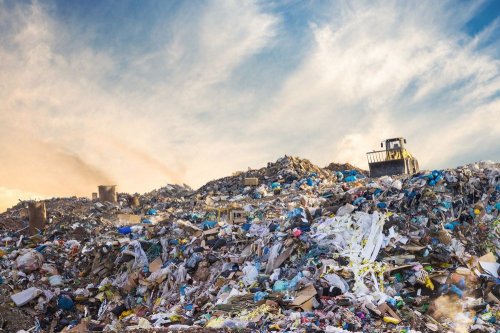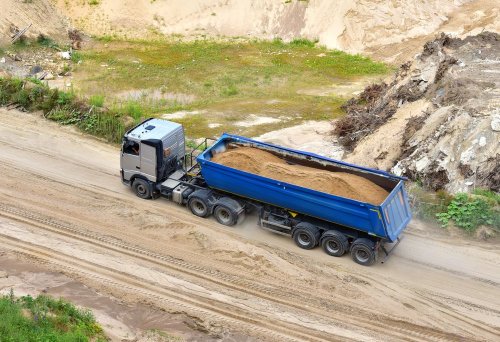The world is on the verge of a "sand crisis" due to the intensive use of sand.
This is stated in reports UNEP scientists — the United Nations Environment Program.
The report said that the reason for the new potential threat to humanity was that people use sand much faster than this natural resource can be reproduced as a result of natural processes.
According to scientists, the world's demand for sand has risen sharply due to global urbanization and population growth. Simply put, sand as a raw material began to be used more often during construction, because it is part of the most popular materials such as concrete and glass.
According to the study, more than 50 billion tons of sand are consumed annually in the world, making it the second most used resource after water. From the amount of sand that mankind uses per year, a wall 88 feet wide and 88 feet high can be built around the Earth.
The report also says that the use of sand in glass, concrete and building materials has tripled in the last 20 years. Now, in terms of each inhabitant of the planet spends 17 kilograms of sand per year.
Currently, the use of sand in the world is almost unregulated, despite the fact that it is the most popular resource after water.
Threats and consequences for the environment
Sand is also needed for the existence of various species of plants and animals, which means that its uncontrolled extraction leads to the loss of biodiversity.
Sand mining in areas where it plays an important role (such as rivers or marine ecosystems) can lead to soil erosion, salinization of aquifers, loss of protection from storms and impacts on biodiversity.
This poses a threat to water supply, food production, fisheries and the tourism industry.
Irrational use of this resource damages rivers and coastlines and even wipes out small islands.
An example is one of the rivers in Sri Lanka. Due to the extraction of sand, the direction of the flow changed. Ocean water began to flow inland, bringing with it sea crocodiles.
"When you take sand from a river, it starts to flow differently, faster or slower. It affects the turbidity of the water, the fish, of course. When you extract sand from the beach, the tourism industry disappears. The natural environment of crabs and birds is also lost," he said one of the authors of the report is Pascal Peduzzi.
Given our dependence on sand, he added, we need to rethink its extraction.
"Our reserves of sand are not limitless, and we must use them wisely," Peduzzi said.
How to prevent the "sand crisis"
To avoid a shortage of sand, the UN has proposed a number of measures:
- Sand should be recognized as a strategic resource both as a material for construction and because of its many functions in the natural world.
- The use of sand needs to be strictly regulated by new institutional and legal structures.
- It is recommended to ban the extraction of sand from beaches.
- People should be encouraged to use alternatives to sand - gravel, recycled building materials and "ore sand" (sand from tailings).
"If we can understand how to manage the toughest material in the world we have, we can prevent a crisis and move to a closed-loop economy," Peduzzi said.
Before EcoPolitica reported that almost 40% of the land area on Earth has been degraded due to human activity.





